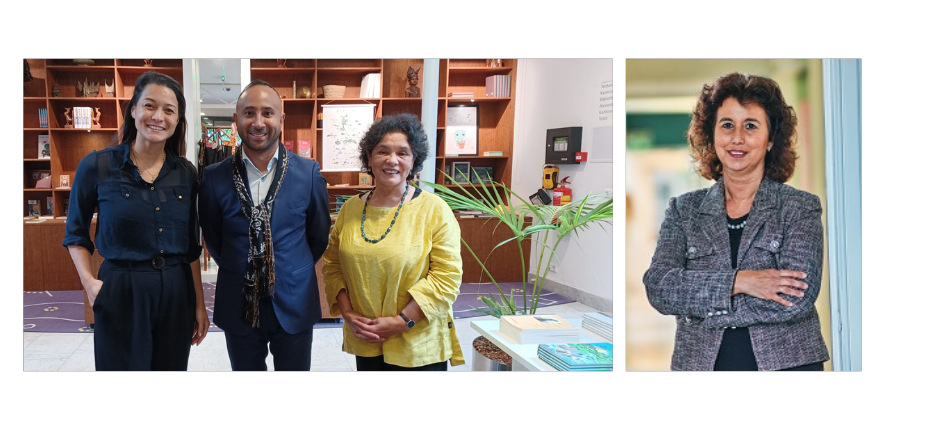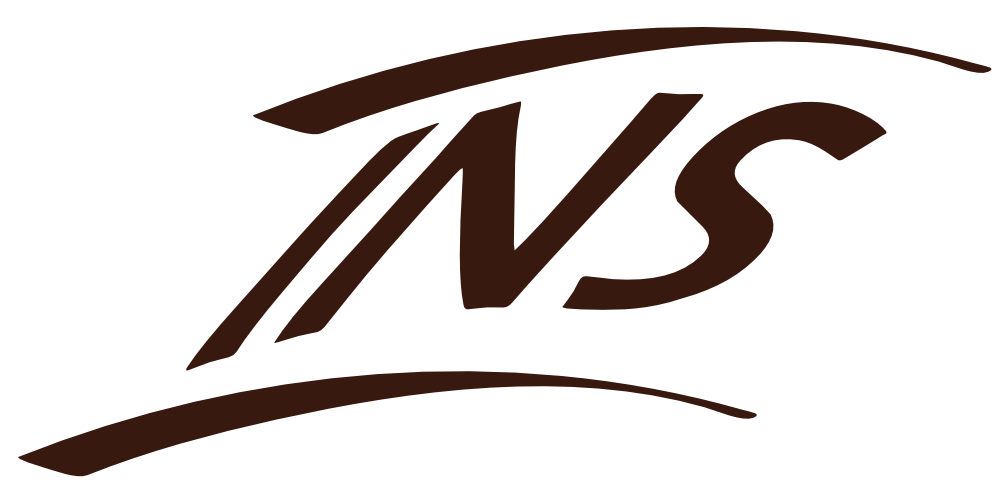
03 Jan 2023
An estimated 2 million people in the Netherlands are connected to Indonesia and the Indonesian archipelago through their family histories. What are the colonial and postcolonial narratives that may be meaningful for representatives of this group and to others? Since February 2022, a semi-permanent exhibition ‘Ons Land’ has been set up in National Museum Sophiahof in The Hague. ‘ The exhibition is a co-production of the Indisch Herinneringscentrum and Museum Maluku / Moluks Historisch Museum. In October 2022, Andhika Rutten and Monica Bouman board members of the Indonesia Nederland Society (INS) had a conversation with Yvonne van Genugten (director Indisch Herinneringscentrum), and Henry Timisela (director Moluks Historisch Museum).
Museum Maluku / Moluks Historisch Museum
Henry Timisela warmly welcomes us and takes us to the reception room of Museum Sofiahof. Before he starts his introduction, he gives each of us a copy of the book ‘Toma Terus, 70 years Moluccans in the Netherlands.’ This book, with a foreword by him, is published for the commemorative year 2021 when it was 70 years ago that the first groups of Moluccans came to the Netherlands in 1951. ‘Toma terus’ freely translated means ‘keep moving forward. The motto is traditionally used by Moluccan rowers on their boats on the Moluccan seas, but can also apply to Moluccans in the Dutch polder. The beautifully produced book contains historical and reflective essays and stories.
Since he became the enthusiastic director of the Museum Maluku /Moluccan Historical Museum (MHM) in March 2020, Timisela has been keen to develop programmes that suit a contemporary heritage institution. His professional experience in journalis and the cultural sector come in handy here. As a world traveler he is used to ’looking broadly’ at Moluccan identity and emancipation. On his father’s side he is connected to the Moluccan community in the Netherlands and on his mother’s side he always had close contact with the current Moluccas in Indonesia.
Originally, the MHM was primarily a historical museum, ‘but now we want to do more than just managing collections. By working together with various partners, we can create programmes that make the museum a meeting place. In the museum, the visitor must be able to experience the Moluccan perspectives on history and the visitor must also be invited to mirror these with current events. The museum must therefore give room for dialogue. For this we work together with modern Moluccan artists, for example around themes such as identity formation and cultural heritage’, says Timisela.
With this programming, Museum Maluku wants to stimulate the emancipation of the Moluccan community and also contribute to welfare of society. Unfortunately, Timisela could not fully start with his plans due to the outbreak of the corona crisis. ‘A lot came to a standstill.’ But, as a result, there was time and space for another project. ‘Within Museum Sophiahof, together with the Indisch Herinneringscentrum, we built the exhibition ‘Our Land’.’
Timisela is proud of this collaborative project and hopes that the exhibition will attract many visitors. He expects that the exhibition will give food for thought and conversation, also between different generations. But, for the coming period, his attention will first have to go to the collection of the MHM: ‘It is a large and valuable collection. At the moment, everything is still stored in containers and we want to exhibit and manage it well in the museum.’ He hopes to realize this in the next two years. In addition, there are plans to set up a digital archive. Unnoticed, time has flown by. Before rushing to his next appointment, Henry Timisela guides us in a quick tour through the exhibition ‘Ons land’. What we see and learn from him touches us. We thank Henry Timisela for his time and a very inspiring meeting, saying that we love to come back. For more information go to: https://museum-maluku.nl/
The exhibition Ons Land is about dutch colonial history in the East and how it still works. The voices of eight very diverse families form the core of the exhibition. Their stories are personal and at the same time recognizable to many. Together they give a picture of postcolonial history and how differently it was and is experienced. The unique stories are complemented by objects, photos and personal interviews.
When we later arrive at Yvonne van Genugten’s, it didn’t take long before she too proudly tells us about the creation of the exhibition ‘Ons Land’.
Indisch Herinneringscentrum
‘Come on in,’ she says with a beaming smile. In her room on the first floor of Sophiahof, Yvonne van Genugten happily tells us about the development of the Indisch Herinneringscentrum. She, with a Dutch-Indies background, studied Indonesian languages and culture at Leiden university. During her studies she spend a year in Bandung Indonesia. For several years, at the same university, she was responsible for the exchange programs for Indonesian students. ‘’
In its current form the Indisch Herinneringscentrum (IHC) exists for 15 years. As its director, she has been associated for 13 years. ‘It was much smaller at the time and located in the Bronbeek park in Arnhem.’ Museum Bronbeek is known for the annual Indies commemorations on 15 August, but the location was far away for the target groups of the Indisch Herineringscentrum. ‘We decided to turn necessity into a virtue, and started to actively approach our target groups with tailor made programmes and by spreading important information and knowledge via internet and digitization. We liked it and we reached a lot of people with it.’
For example, in 2010 the IHC published the comic strip ‘De Terugkeer’, of which 200,000 copies were provided free of charge to schools in secondary education. ‘Through a comic strip, we were able to make a ‘difficult story’ accessible to a large group of young people.’ The main characters in the comic strip represent three perspectives on the history of the Dutch East Indies and Indonesia: those of the Indonesians, the Dutch and the Indo-Europeans.
This was all in line with the mission of the IHC to keep alive the memory of the events during and after the Second World War in the Dutch East Indies and their consequences. ‘Knowing this history helps us to better understand current events, developments and people. That’s why it’s important not to forget. By remembering, commemorating and commemorating together with those involved, the Indisch Herinneringscentrum functions as the Indisch geheugen. This can also be done by passing on the story of the Indian community through education of the youth and information to a wider audience.
‘The annual commemoration of 15 August (end of the Second World War) gives us every year an impulse to give an up-to-date interpretation to our programs and projects. Other museums come to us to see how we do this as a memorial center. Not only from museums in the Netherlands, but also from Indonesia, project staff comes to us.’
Meanwhile, the distance from Arnhem to the rest of the Netherlands remained difficult. ‘The move in 2019 to Sophiahof in The Hague mainly meant better accessibility.’ In addition, the IHC became a national museum. The festive opening of National Museum Sophiahof – from the Indies to the present’ by King Willem Alexander on 27 June 2019 marked the beginning of a new phase. ‘That was good for the collaboration with other Indische and Moluccan organisations. The exhibition ‘Ons Land’ is a co-production of the Memorial Centre with Museum Maluku. We are very happy with that.’ This exhibition has a duration of seven years. In addition, there are temporary exhibitions and public programs.
‘Since last year, we have also been working on a new web portal as an educational platform for the Indies Remembrance Centre. We do this together with Bureau Metamorfoze of the Koninklijke Bibliotheek and the War Resources Network. It should make our audience curious and invite them to discover step by step more about the complex history of (de)colonization. ‘We connect as much as possible to what is going on in current affairs and society.’
Even now, time has flown by. Andhika and I are impressed again. We like to remain involved in new developments from the beating heart of Sophiahof. Under the inspiring leadership of Yvonne van Genugten the IHC has gained fame and created a living bond with its target groups. People come to the IHC with their questions, but also with their family documents, letters, diaries, photo albums, contributing to a precious digital collection. https://www.museumsophiahof.nl/tentoonstellingen/ons-land-dekolonisatie-generaties-verhalen



